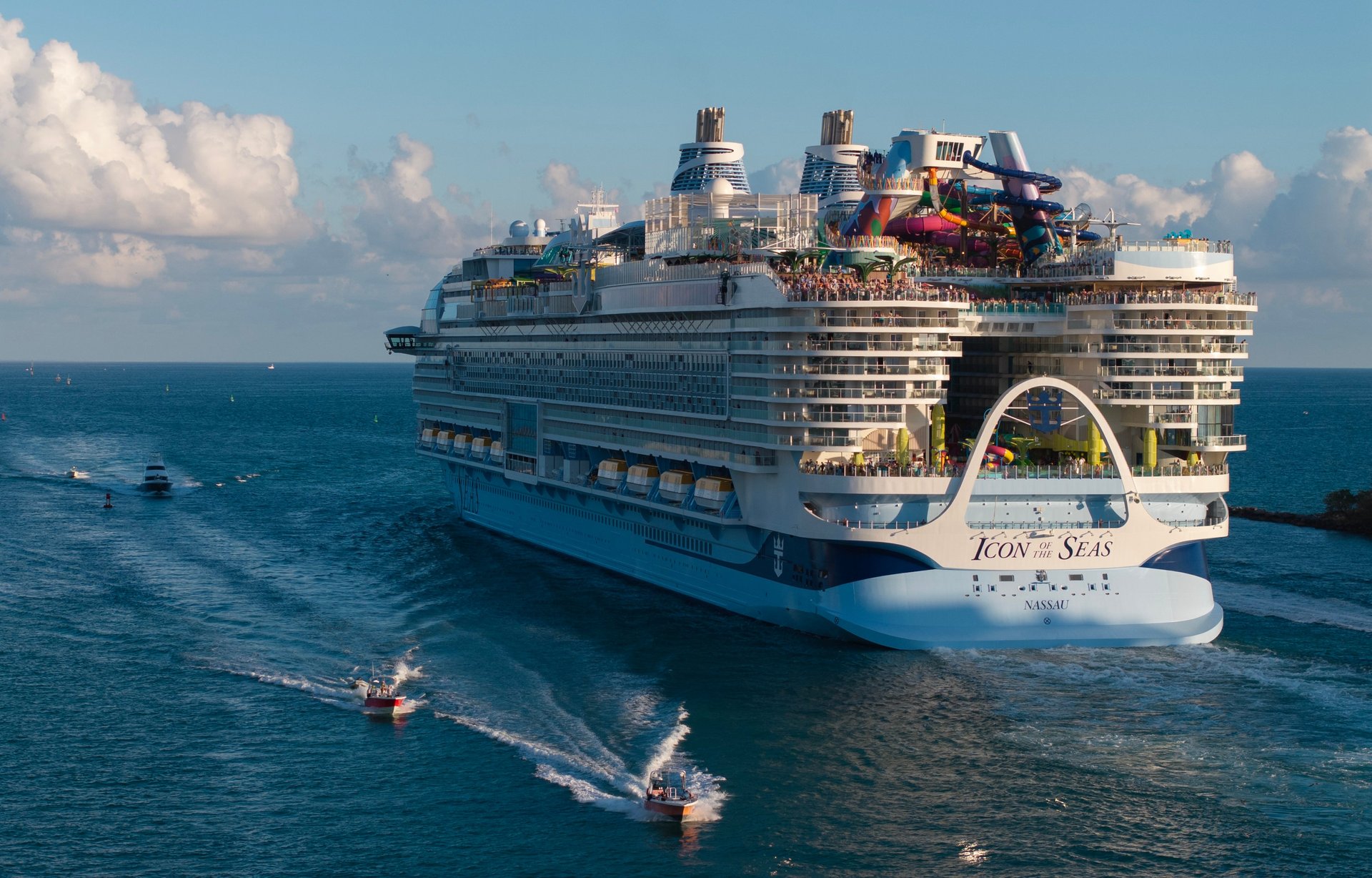Getting sick on a cruise ship could cost you as much as the vacation
Most cruise ships don't accept health insurance in the event of a medical emergency

A record 34.7 million people are estimated to go on a cruise trip in 2024, according to the Cruise Lines International Association (CLIA). And if they’re not careful, some of them could wind up with a hefty medical bill.
Suggested Reading
It’s vital for anyone going on a cruise to pay close attention to the fine print of their cruise line’s terms, especially when it comes to medical care.
Related Content
In the worst case scenario, you could be forced to pay thousands of dollars before you’re allowed leave the ship, like in the case of Vincent Wasney.
Wasney, who was uninsured at the time, went a cruise with his wife in December of 2022. After suffering a series of seizures, Wasney had to be evacuated off the ship by a rescue boat to seek appropriate medical care on land. However, as he was leaving he was presented with $2,500 bill for the care he had already received on the ship.
Wasney was traveling on a Royal Caribbean cruise, which has a policy in their terms of agreement in which guest must pay all onboard costs before the end of the cruise.
Even for those passengers who are insured, they could still be left with a costly bill due to a medical emergency, considering that most cruise ships don’t accept health insurance.
Here is everything you need to know about how medical care on cruise ships works.
What are common health concerns on a cruise?
Medical staff aboard cruise ships typically handle medical concerns like the ones seen in emergency departments and urgent care centers on land, Joe Scott, the chair of the cruise ship medicine section of the American College of Emergency Physicians (ACEP), told Quartz.
“While sea sickness and sunburns may be more frequent and motor vehicle collisions less so, complaints of chest pain, abdominal pain, fever, injuries, and mental health issues are regularly seen and evaluated,” Scott said.
The U.S. Centers for Disease Control and Prevention (CDC) warns that shipboard environments can “facilitate the spread of person-to-person, foodborne, and waterborne diseases.”
According to the CDC, roughly half of all passengers that seek medical care are a cruise ship are older than 65
What are cruise ships equipped to handle?
All oceangoing cruises that are members of CLIA are required to meet medical facility guidelines set by ACEP, CLIA vice president of communications and public affairs Sally Andrews told Quartz.
These guidelines include having “at least one qualified medical professional available 24/7 for medical bay visits or cabin ‘house calls,’” Andrews said.
Cruise ships are also required to have an examination room, an intensive care room, and equipment that can process lab tests, monitor vital signs, and administer medications.
“Larger cruise ships are typically equipped to manage the first few hours of any emergency that may occur, and well prepared to manage many conditions for a few days,” Scott said.
About 95% of conditions reported to ship medical staff is managed onboard, according to the CDC.
Why don’t cruise ships accept health insurance?
Most cruise ships don’t accept health insurance because each trip has guests from all around the world with hundreds of different insurance plans, each with different polices for international coverage.
“Requiring payment of all charges while on board reduces this very large administrative burden,” Scott said.
Cruise lines typically encourage guests to seek reimbursement from their plans when they get home. But coverage could vary depending on the policy.
For example, Medicare does not cover healthcare services obtained more than 6 hours away from a U.S. port.
What should you look for in a travel insurance plan?
The best way to protect yourself is to buy a travel insurance plan that covers medical expenses. Premiums for these plans can cost up to a couple hundred dollars, but in the case of an emergency they can save a traveler thousands.
Scott recommends travelers purchase plans that cover their current medical conditions and the locations they plan to visit on their trip.
He also stresses that a good plan should have sufficient medical evacuation coverage since cruise ships often visit remote locations.
According to Scott, air medical evacuations from the Caribbean to the U.S. mainland could cost around $20,000 and similar evacuations in Alaska, the South Pacific, and Australia could cost over $100,000.
What preventative actions can you take to protect yourself on a cruise?
“Contrary to what some may think, the medical concerns you have onshore will continue when you are on a cruise,” Scott said.
He recommends passengers bring extra quantities of their current medications, along with a list of their prescriptions , medical problems, and contact info for their doctors. This list could come in handy for the ship’s medical staff in the case of an emergency.
Scott also said that people should wash their hand frequently, stay hydrated, and know their limits.
“Climbing the stone steps in Santorini may sound exciting but if you don’t regularly exercise in the heat, you might want to reconsider,” Scott said.
